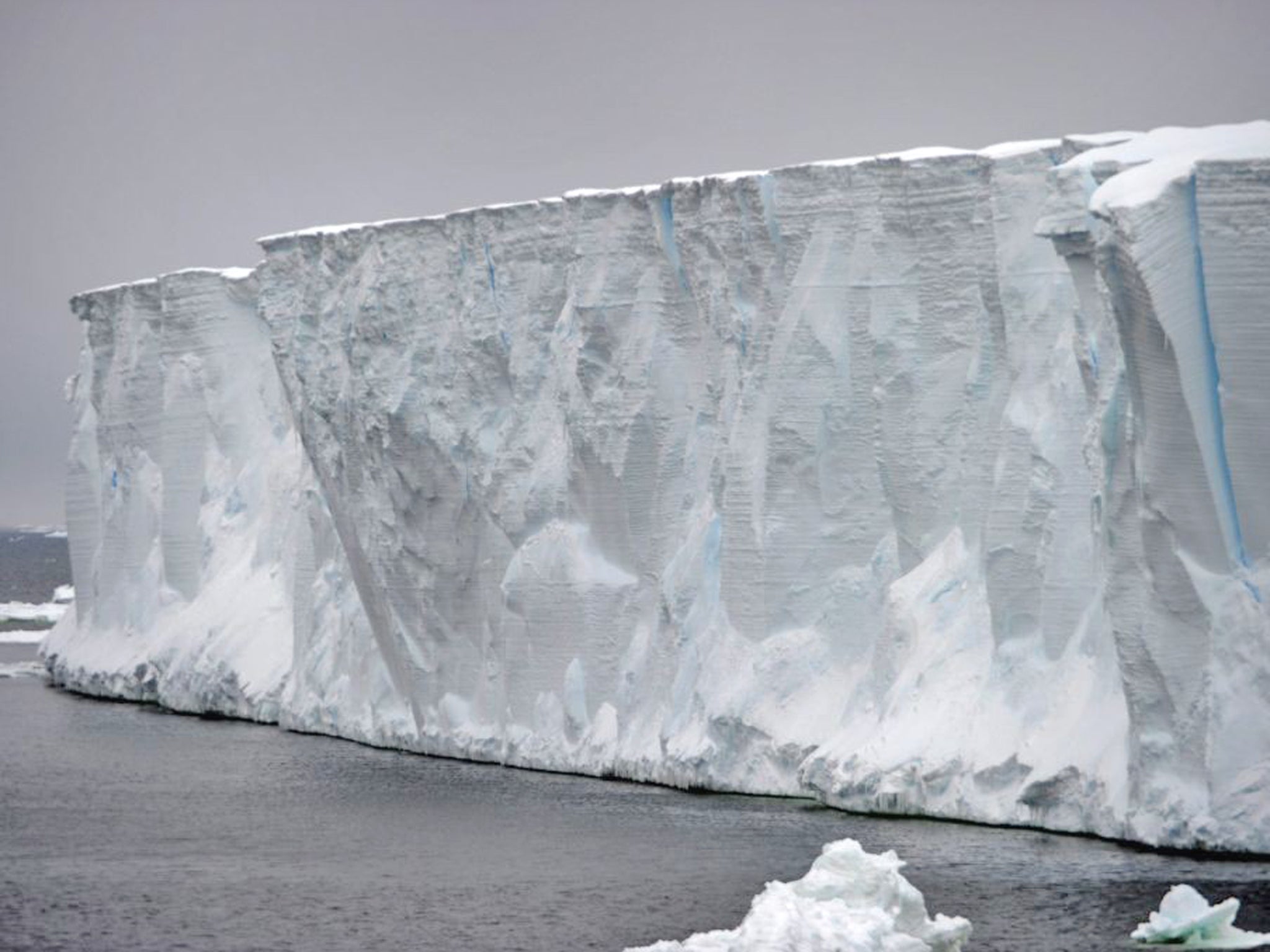Report finds Antarctic thaw is twice as bad as anyone thought
New research reveals that original climate estimates were based on faulty data

Your support helps us to tell the story
From reproductive rights to climate change to Big Tech, The Independent is on the ground when the story is developing. Whether it's investigating the financials of Elon Musk's pro-Trump PAC or producing our latest documentary, 'The A Word', which shines a light on the American women fighting for reproductive rights, we know how important it is to parse out the facts from the messaging.
At such a critical moment in US history, we need reporters on the ground. Your donation allows us to keep sending journalists to speak to both sides of the story.
The Independent is trusted by Americans across the entire political spectrum. And unlike many other quality news outlets, we choose not to lock Americans out of our reporting and analysis with paywalls. We believe quality journalism should be available to everyone, paid for by those who can afford it.
Your support makes all the difference.Temperatures in the western part of Antarctica are rising almost twice as fast as previously believed, adding to fears that continued thaws are causing sea levels to rise, according to comprehensive research published this week.
In a discovery that raises new concerns about the effects of climate change on the South Pole, the average annual temperature in the region has risen by 2.4C since the 1950s, three times faster than the average around the world.
The unexpected jump was discovered after David Bromwich, Professor of Geography at Ohio State University, led a research team to the previously uninhabited Byrd Station research centre 700 miles from the South Pole in the heart of West Antarctica.
Their research claims that original estimates, which were half those revealed this week, were based on faulty data. They found that nearly one third of temperature observations had been missing for the past 60 years due to regular power outages and limited resources. Professor Bromwich and the study’s co-author, Andrew Monaghan, went back over the outpost’s findings since it opened in 1957, reassessing previous predictions and modelling atmospheric changes.
The link between rising temperate and rising sea levels is based on the principle of displacement. In this instance, the 2.4C rise has added to worries that huge blocks of ice could slide into the ocean, causing the surrounding seas to rise to accommodate new icebergs.
Several ice shelves – thick ice blocks attached to the land at one end – have already collapsed around the Antarctic Peninsula, an area just to the north of the Byrd Research Centre. Once these shelves break up, glaciers trapped behind them can slide faster into the sea, raising water levels. Professor Bromwich said: “Our record suggests that continued summer warming in West Antarctica could upset the surface mass balance of the ice sheet, so that the region could make an even bigger contribution to sea level rise than it already does.”
The region contains enough ice to raise sea levels by at least 3.3m (10.8ft) if it all melted, a process that would likely take centuries. But, according to these findings, it is now the second largest contributor to global rises with 0.3mm per year to Greenland’s 0.7mm.
Join our commenting forum
Join thought-provoking conversations, follow other Independent readers and see their replies
Comments